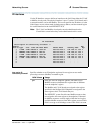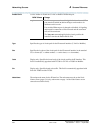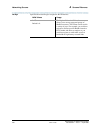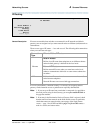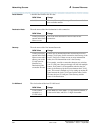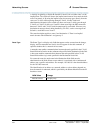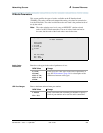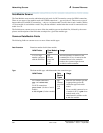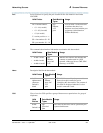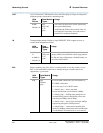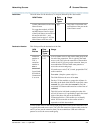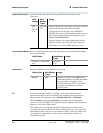
Networking Screens A Screens Reference
Administration for Network Connectivity
CID: 77730 555-233-504 — Issue 1 — April 2000
254
A message originating on Switch B destined for node 6 can use either route 2 or the
implied route. The switch will choose the implied route because it has metric 0 while
route 2 has metric 1. By using the implied route, the message goes directly from the
source to C-LAN2, without passing through C-LAN1. If route 2 had been
administered with metric 0, the switch may have used route 2, which goes through
C-LAN1 to C-LAN2. In this case, if traffic volume were high, the PPP connection
between C-LAN1 and C-LAN2 could be unnecessarily overloaded. Of course, any
destination-6 message already being handled by C-LAN1, such as a message from
Switch A, would have to use route 2.
The same description applies to route 3 and destination 1. There is an implied
metric-0 route with destination 1 and gateway 2.
Route Type The Route Type is a display-only field that appears on the screen when the change,
display, and list commands are used; it does not appear for the add command. It
specifies whether this is a network or host route.
A network route enables communications between the node specified in the C-LAN
Board field and all nodes on the (sub)network specified in the Destination Node field.
A host route enables communications between the node specified in the C-LAN
Board field and the single node specified in the Destination Node field.
For a network route, the node name in the Destination Node field must be
administered on the Node Names screen where it is associated with a (sub)network
address, not a specific node address. For example, 192.168.1.0 is the network address
for the 192.168.1 network.
The identification of an address as a network address or a host address depends on
how the network is subnetted, which is specified by the Subnet Mask field on the IP
Interfaces screen.
Valid Value Usage
network or host Display only.




